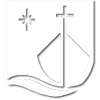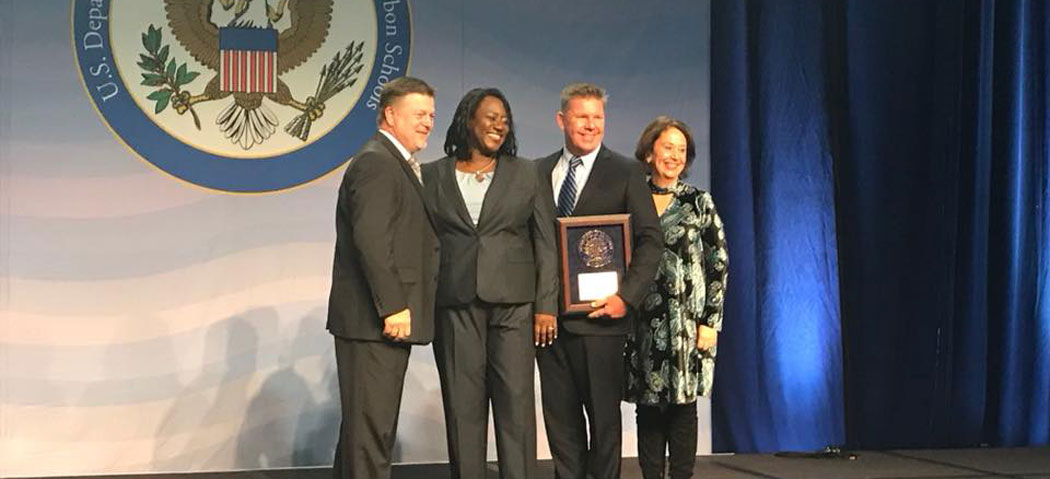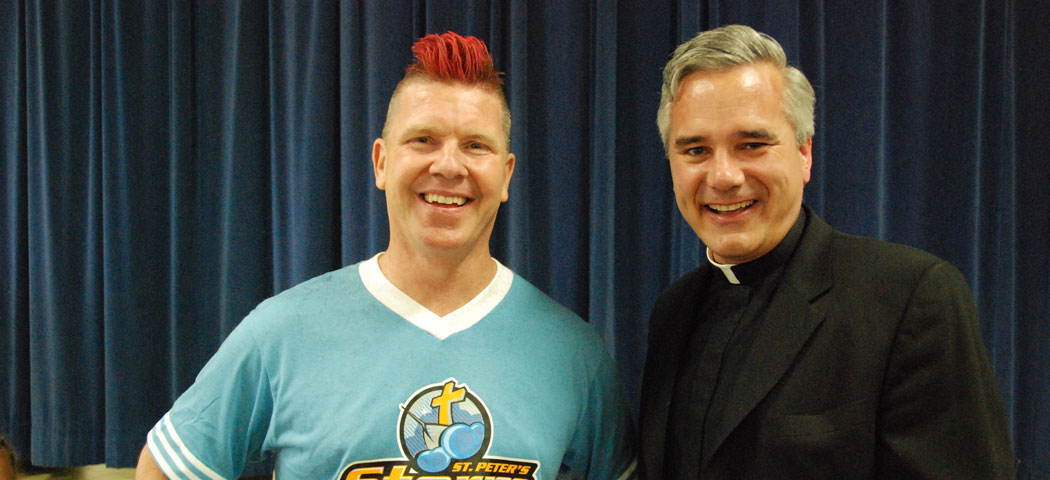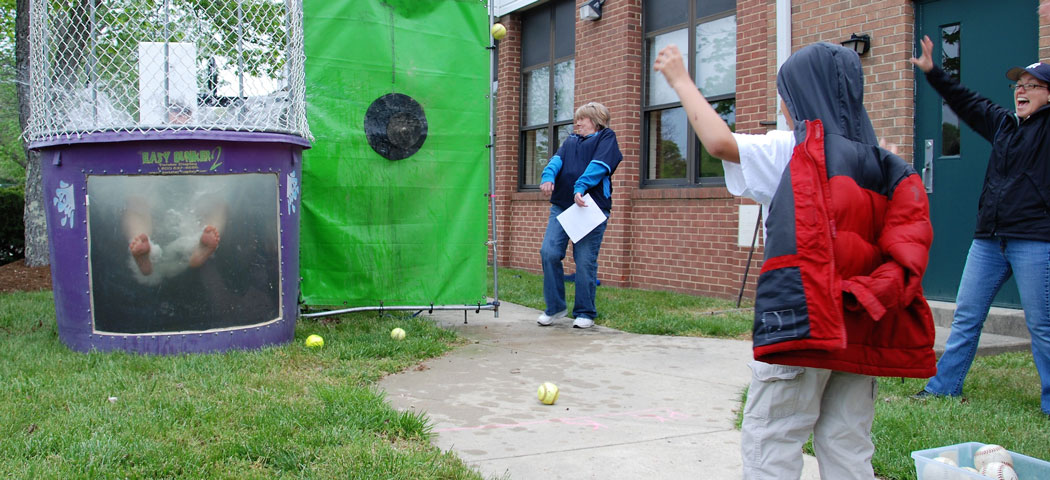
Saint Peter's Catholic School
Waldorf, MD
Saint Peter's was established by Rev. Henry Sank in 1956 as the first Catholic school in Southern Maryland that was never racially segregated. It is accredited through The Southern Association of Colleges and Schools (SACS), now known as AdvanceEd®.

In 2017, the U.S. Department of Education presented its coveted National Blue Ribbon School award to just 50 private schools. Saint Peter’s Catholic School in Waldorf, Maryland, was one of them. Lieutenant Colonel John R. (J.R.) West began his career as an educator after serving 21 years in the United States Marine Corps. In 2009, when West took over as principal of Saint Peter’s, the school was suffering from declining enrollment, rapidly shrinking coffers, and a host of other issues, including mounting discipline problems. Some in the community suspected that West was actually brought in to gracefully close down the facility. But West had other plans.
Implementing Renaissance solutions to help his pre-K–8 educators more easily teach targeted skills and assess progress, West embarked on a well-calculated path to national honors. “The first thing we tackled was reading, using Renaissance Accelerated Reader® to set both individual and schoolwide goals. As we watched reading scores skyrocket, we implemented a similar program on the math side. We also used Renaissance Star Assessments® to track progress against our achievement goals—which included ranking in the top 15 percent on nationally standardized reading and math tests, a basic criterion for National Blue Ribbon School application. Admittedly, the journey at times seemed long and challenging, but today Saint Peter’s is thriving, high schools compete for our graduates, and our awesome teachers and students have shown the power of uniting around a common goal.”
Saint Peter’s is thriving, high schools compete for our graduates, and our awesome teachers and students have shown the power of uniting around a common goal.
J.R. West, Principal – Saint Peter’s Catholic School

The challenge
Measure progress and motivate students
One of 93 Archdiocese of Washington Catholic schools, Saint Peter’s was established in 1956 and today serves an ethnically and economically diverse student body. When West accepted the position as school principal, enrollment at the suburban facility had declined from a high of some 500 students to just 220. While reading scores at the time hovered around 60 percent proficiency, math scores held at well below average. West continues, “The school was nearly out of money, and the whole environment had a depressed and dingy feel to it. But our larger problem by far was motivation—everyone really needed something to look forward to, something positive to work toward.”
“We also needed data. We did standardized testing in the spring. But results from that program didn’t come back until summer—too late to inform instruction, and long after many students had graduated. At hundreds and hundreds of pages in length, the reports were also nearly impossible to interpret. Our teachers needed a much better tool, one that would give them a clearer, more immediate baseline understanding of student capabilities.”
The results
Soaring scores and enthusiasm
Today, Saint Peter’s uses Star Assessments for that baseline data and to inform instruction throughout the school year. West adds, “We also use the assessments in Star to screen prospective students during their shadow day at Saint Peter’s. Within just 30 minutes, we can get a very accurate snapshot of their reading comprehension and math skills.”
Throughout the school year, teachers track the progress of first- through eighth-grade students via quarterly Star Assessments. But because the assessments are fast and easy, teachers can run them as frequently as needed to help struggling students. Educators are not restricted to narrow testing windows, and West says that the school doesn’t incur the per-assessment fees of other programs. “More importantly, Star Assessments give our teachers highly reliable data presented in more intuitive reports. They don’t have to spend weeks and weeks, for example, figuring out individual reading levels and materials for 25 students. Teachers also routinely share progress data with their students. That feedback helps motivate students and, when teachers see their whole class in the green (at or above proficiency) on Star Assessment reports, they’re personally satisfied and encouraged.”
Within just 30 minutes, we can get a very accurate snapshot of their reading comprehension and math skills.
J.R. West, Principal – Saint Peter’s Catholic School

From Mohawk to dunk tank to the sheer joy of learning
West says the path to national honors began with Accelerated Reader, a solution he had used as a teacher and around which he built his incentive plan at Saint Peter’s. His first-year reading goal was 2,000 books with students earning blue, red, bronze, silver, or gold dog tags based on the number of Accelerated Reader books they read. The next year he upped the ante, promising to shave his hair into a Mohawk and dye it pink if students could read 3,000 books. They did—and then they tipped off the local television station to come record the event for posterity!

West continues, “The following year, I told them if they could read 4,000 books, I’d get in a dunk tank and let them throw as many balls at me as the number of books they read. Of course they met that challenge too. But I actually don’t know how many balls they hurled—after getting dunked for six hours straight, I lost count!”

When the school adopted Renaissance Accelerated Math®, West expanded the challenge to include math objectives. He also instituted a dedicated, schoolwide Math Hour that enabled an all-hands-on-deck focus on math. West says that over the years, he’s paid up on math challenges with similar rewards including math medals, rooftop lunches, 400-percent-club certificates, and others. But what he finds most amazing is that when—perhaps at the urging of his wife, who was not a big fan of his pink hair—he stopped offering incentives, no one stopped doing math or reading. “They got it—they had fallen in love with learning. We don’t even do schoolwide goals anymore. And still this year, Saint Peter’s students will read some 8,000 books and more than 100 million words.”
They got it—they had fallen in love with learning. We don’t even do schoolwide goals anymore. And still this year, Saint Peter’s students will read some 8,000 books and more than 100 million words.
J.R. West, Principal – Saint Peter’s Catholic School
Never give up—or underestimate a Marine with a mission
West acknowledges that it was a slogging, nine-year journey from being a school on the brink to one recognized for academic excellence. To fellow educators, West urges, “Be patient. The first time we submitted the National Blue Ribbon School application, we weren’t selected. So we started all over the next year—which meant continuing to demonstrate leadership, growth, and innovation and again achieving top-15-percent cut scores.”
“In 2009, we did not even have a baseline measure of what our students were reading. But we created a plan, put Renaissance solutions in place, and went to work. Since then, we’ve experienced growth at every level. Just recently, one of our students received a large merit scholarship to a high school with 700 applicants vying for 200 spots. We have blue ribbons tied all around the playground, enrollment is climbing, and it just feels happy when you walk through the door. We never gave up; it just wasn’t an option.”
